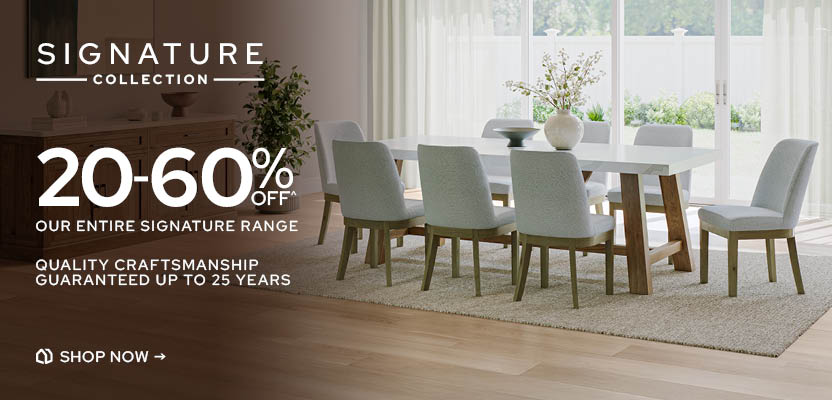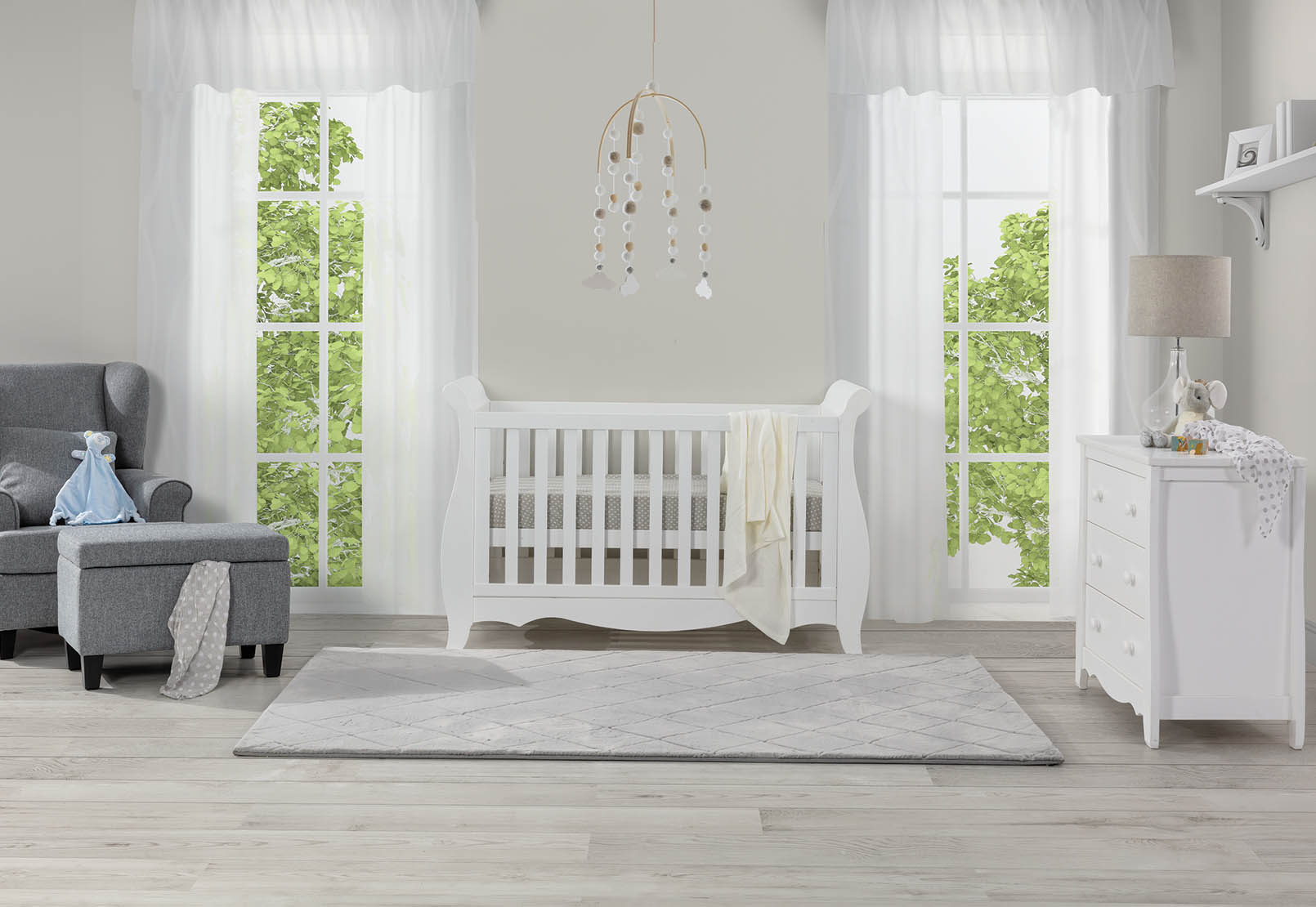Ask any new parent about nappy changing and they’ll tell you a newborn will need a minimum of 10 nappy changes per day. That’s a lot of diapers and, without a change table, a lot of time for a parent to spend hunched over for nappy changes. A baby changing table puts your baby at a comfortable height for nappy changes and allows you to keep everything you need for the task like wipes, lotions and nappies at arm’s reach.
Change tables come in a variety of styles with different storage features. Alongside all the other equipment you need to buy when you’re expecting a baby, sourcing a changing table for your little one can be a bit overwhelming for mums and dads because it’s hard to know what features you want when it’s an item you may not have used before. This buying guide will fill you in on the key safety and practical features to look for when buying this important piece of baby furniture.
Types of baby changing tables
If all you need to change your baby’s nappy (aside from a nappy and wipes) is a flat surface, then why buy a change table? Well, the answer is that a well-designed change table will make your life as a parent easier. Much easier. And potentially save you some back pain. You see, babies grow fast. In just a few short months, your baby will transition from being quite still as a newborn to very wriggly. So, a quality changing table at a good working height will be your new best friend.
Change tables with storage space for easy access to essentials range in style, colour, size, and material from timber to timber-look and high gloss. Choose from changer designs featuring open shelves, a combo of shelves and drawers, or a removable change table top on a chest of drawers/dresser.

Choose a style to suit your room
Where will your changing area be located? Whether it’s in your baby’s nursery or your own bedroom, take inspiration from the cot and other furniture pieces in the room and choose something that complements the look.
Your change table doesn’t have to match exactly with your other furniture, however keeping either the materials or another element of design such as leg shape in the same family as your other pieces will make the room visually harmonious.
How much space do you have?
Your available space will determine the ideal functionality and layout of the change station. If you’re short on space, look for a compact style or consider a design with a removable change table top that sits on top of a chest of drawers. This means you will not only have one piece of furniture instead of two, but you’ll also have storage space for changing essentials as well as a few other drawers for baby clothes.
If you have space for a freestanding baby changing table, work out whether you’d like a design where items are hidden away in drawers or if you’d prefer an open shelf style. This comes down to your preferences for the way you’d like to organise your change table and access your essentials.
It’s important to note that change tables tend to become a place for dressing your baby, drying them after a bath and even settling them into a swaddle ready for sleep. It’s a high-use piece of nursery furniture so factor this in when considering the size and style that’s right for your space.
Storage is essential - would you like shelves or drawers?
You might be surprised by just how much stuff babies have. A hairbrush, nail clippers, nappy cream, a thermometer, nasal aspirator, bibs, moisturiser, dummies, and the list goes on. Allow for plenty of storage space for all the extras you might need.
A change table with shelves - will give you easy access to grab whatever you like from beneath the tabletop.
A change table with drawers - will have a tidier look than open shelves while keeping your essentials nearby.
A change table above a chest of drawers or dresser - will be a great space saver, reducing two items of furniture to one, and the change mat on top can be removed when no longer needed.
Longevity - how long will it last?
While a baby will only fit on a changing table for up to two years, you may find that you’ll be hanging onto it for longer if you expand your family further. What’s more, a high-quality change table in a timeless design will last for many years and may become something you’d like to keep in your family and use for grandchildren.
A change mat is essential
On the top of a change table sits a change mat. Made from padded foam and coated with a hygienic vinyl cover, a change mat is comfortable for your little one to lie down on and is easy to wipe clean after each nappy change. Change mats feature curved, elevated edges to prevent your baby from rolling off.
No matter which design of change table you choose, the changing surface will do the most work for your changing station. So, it’s important to look for a quality change mat that is well-made.
Top priority: stable and safe
Baby’s safety first! It’s vitally important to ensure your change table is safe. That’s why Amart Furniture’s entire range has been certified by Australian/New Zealand Safety Standards (AS/NZS). If babies fall from up to 1.5 metres to the floor or onto other furniture, they can suffer serious injuries or fractures to the body.
Safety features for baby changing tables include:
-
a design that prevents roll-off such as a harness or raised edges and barriers (100mm is a rough guide). However, you should never leave a baby unattended on a changing table, so these features are not to be solely relied upon.
-
a design that is free of hazards including sharp edges or gaps that could trap a baby’s limbs, fingers, or head.
A baby changing table that is safe, helps you stay organised and keeps you and your baby comfortable for the many nappy changes that lay ahead is a useful and practical investment for your nursery.















